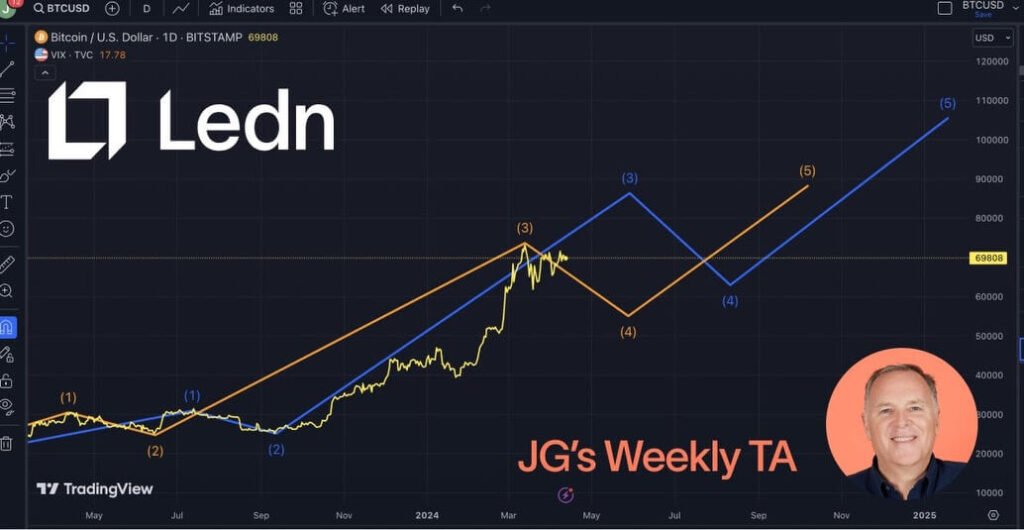As the new week unfolds, Bitcoin faces a challenging recovery path, attempting to climb back from a steep 14.58% drop in value. The cryptocurrency’s price descent last week has left traders in a scramble to reassess positions, especially after a turbulent weekend that saw the crypto market capitalization shrink significantly.
Despite the tumult, the resilient cryptocurrency has shown signs of a rebound. The rapid price fluctuations once again underscore Bitcoin’s sensitivity to geopolitical developments. Analysts draw parallels between the current market response to tensions in the Middle East and the dramatic crypto sell-off triggered by the COVID-19 pandemic in March 2020.
The immediate market reaction to the increased hostilities between Israel and Iran has been sharp, with altcoins bearing the majority of losses. Yet, Bitcoin (BTC/USD) has managed to hold its ground above the $60,000 support level.
With Bitcoin’s next halving—a significant event that historically impacts price due to the reduction in new coin generation—just days away, market observers are bracing for continued volatility.
In the span of a week, Bitcoin has witnessed a dramatic shift, plummeting from a comfortable $72,112 on April 8 to a shaky $61,593 on April 14. These price movements have coincided with escalating geopolitical tensions, as Iran responded with drone and missile attacks following an Israeli military operation in Syria.
While the market reels from the shockwaves of geopolitical instability, the focus has seemingly diverted from Bitcoin’s upcoming halving. The event, which is merely four days away, has been overshadowed by the immediate price concerns, though it remains a critical factor for long-term valuation.
Providing insight into Bitcoin’s trajectory, John Glover, Chief Investment Officer of Ledn, has shared a technical analysis that draws from a year of Bitcoin’s historical data and projects roughly nine months into the future.

